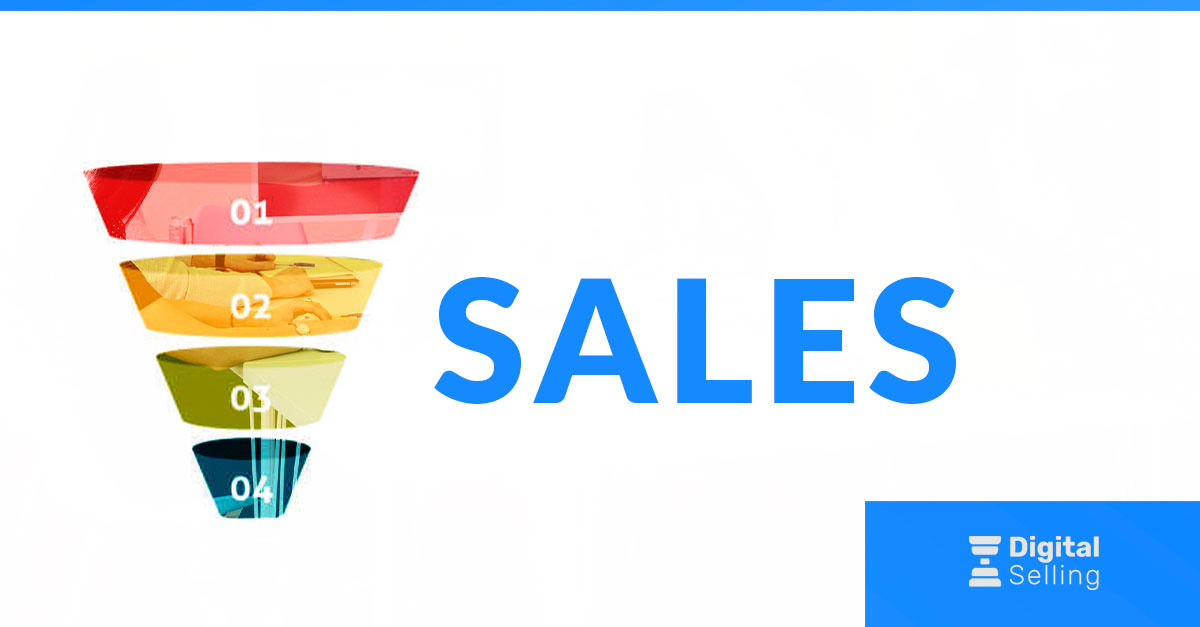When we think of a sales funnel, we imagine a single bottleneck – that is, a single source of leads. Normally, in Inbound Marketing, this source is the various forms and lead magnets that Marketing develops. But does it always have to be like this?
Not necessarily. That’s why we need to talk about the Y funnel.
The difference is that the Y sales funnel contemplates two lead inputs: the inbound (marketing) and the outbound (sales). It has this designation precisely because of the two lead generation pathways at the top, which makes the funnel resemble a Y.
Companies that adopt this funnel better coordinate their marketing and sales efforts. The result is increased efficiency in both directions. Both sales prospecting and marketing lead nurturing gain a new lease of life that streamlines leads.
It’s worth reviewing what both do independently to understand how they stand to gain when they work together.
Inbound Marketing vs Sales Outbound 2.0
The Marketing team launches content and campaigns directed toward its target audience. As the materials he produces appeal to pain or a need, his audience is willing to give their contacts in return.
However, this is far from meaning that leads are ready to talk to sales. Therefore, the other function of Marketing is to nurture contacts with materials and resources until they become a real sales opportunity.
Already The function of sales is to carry out the so-called prospecting, which is direct contact with the lead to determine if he has the profile, and interest and is at the right time for the purchase. But prospecting isn’t just based on the leads that Marketing generates. Sales reps also have the autonomy to look for leads (on LinkedIn, for example) and make direct contacts of a more commercial nature – this is what creates the second entry in our funnel.
But, what happens when Marketing has stagnant leads that fail to respond to email sequences? Or what can sales do with immature leads?
The answer should be clear by now… send it to the other department! And thus make a bridge between the two teams.
From inbound to outbound flow
A lead that once showed interest in various materials, but in the meantime stopped interacting with you, will not be reactivated with more inbound Marketing. You need to make prospecting contact to realize the status.
During the prospecting phase, the rep may discover that a lead is already fully aware of their problem. So the marketing material couldn’t add value! Just waiting for a business contact. The rep’s call reawakens his attention and reestablishes communication.
The opposite can also happen. Finding out that the lead has lost interest, or has hired a competitor. In that case, prospecting is useful because marketing manages to keep the contact list sanitized, that is, with only potential leads.
From outbound to inbound flow
And when does lead enter through outbound? What happens if sales happen to start a conversation with a company that is interested, but doesn’t have the budget available yet? Or that you only think about buying from here for 6 months? You will not simply leave this contact aside, and run the risk of being “fished” by a competitor.
In such cases, you should do the opposite. These contacts move from the outbound flow to the inbound nurturing flow. Thus, you will receive sequences of contacts specially formulated to help you make a more informed decision and consider your company’s proposal when the right time comes.
As the lead interacts with the company’s emails, resources, or website, you should assign a lead score. Of course, you don’t have to do this manually: CRM and Marketing automation tools, such as RDStation, make this process easier and a higher score reveals more willingness to buy. This is what Marketing tells you it’s time to forward to sales again.
To recap: while inbound marketing has the role of attracting, converting, and nurturing leads, outbound captures leads, communicates directly, and qualifies. Depending on the maturity of the leads, the ideal time to get in touch is detected for a more direct approach. If that moment has not yet come, nutrition is continued. It is the Y funnel that establishes the bridges that support the passage from inbound to outbound flow and vice versa.
We have already seen that this relationship is mutually beneficial, but the advantages do not end there.
When closing the sale with a customer who received adequate information about the solution through nutrition, the probability of churn is lower.
On the other hand, the Y sales funnel is also very useful for training new marketing and sales employees. By clearly distinguishing between roles, new talent can quickly understand the different stages of the sales process and what their role is.
The clear division of processes also facilitates the work of managers. It becomes easier to discern which link in the chain is failing – the professional, team, or stage – or, on the contrary, achieving better results. This “monitoring”, so to speak, allows continuous optimization of the sales process.
The Y-funnel reminds both teams that they must unite efforts and strategies, exchange information with each other, and work towards goals that complement each other. This is how the sales process becomes more effective and predictable, which – dare we say – is one of the main objectives of any sales manager or CEO.







